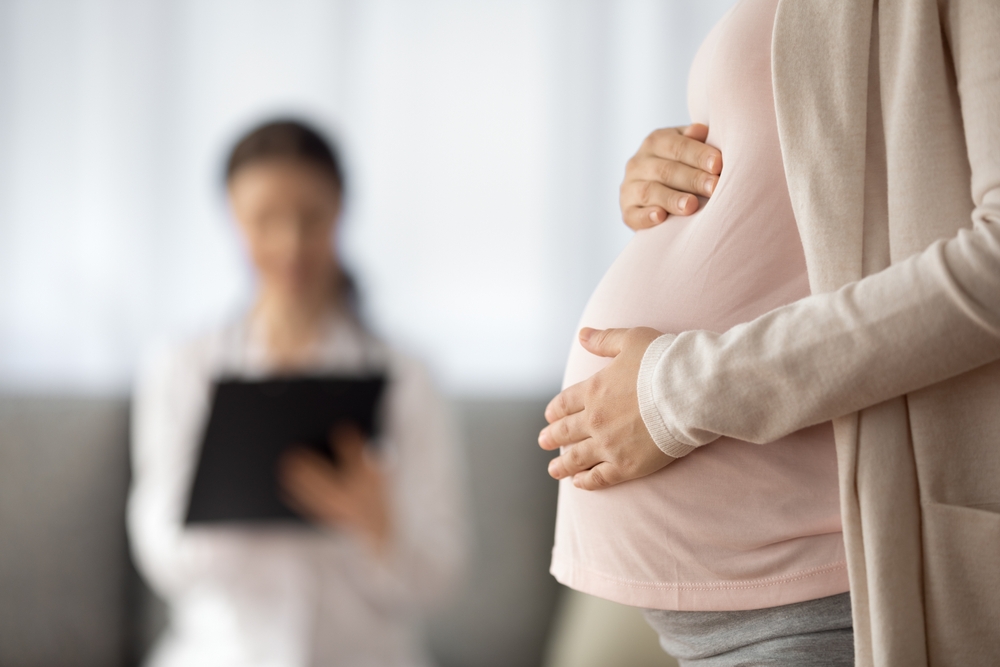Pregnancy is a time when profound changes occur throughout the body, and while many changes are exciting, some can bring discomfort.
One common and often underestimated condition that many pregnant people experience is pelvic girdle pain.
Pregnancy related pelvic girdle pain can significantly impact daily activities and quality of life.
However, the good news is that with the right approach, the pain can be managed effectively.
What is pelvic girdle pain?
Pelvic girdle pain refers to discomfort or pain in the pelvic region, which can include the front of the pelvis (pubic symphysis) and the back (sacroiliac joints).
During pregnancy, the body undergoes various physical changes, some of which can contribute to the onset of pelvic girdle pain.
This type of pain can be mild or severe and may affect the ability to move freely, perform daily tasks, or sleep comfortably.
Pregnancy-related pelvic girdle pain is different from general lower back pain and is specifically related to the pelvis, affecting the joints, ligaments, and muscles around this area.
The pain can occur in one or both sides of the pelvis and may spread to the lower back, hips, groin, thighs, or buttocks.
Causes of pelvic girdle pain during pregnancy
Pregnancy-related pelvic girdle pain is usually caused by a combination of physiological changes and hormonal fluctuations.
While it is true that the hormonal changes which occur during pregnancy do contribute to increased joint mobility throughout the body, and increased pelvic ligament mobility is a part of the body preparing for a vaginal delivery, this increased mobility does not necessarily result in pain. The pregnant pelvis does tend to be more sensitive, which may contribute to heightened pain awareness.
As the pregnancy progresses, there will be postural changes as the body adapts to the growing belly. This, along with the added weight, may result in the pelvic girdle region being put under additional strain, which may contribute to certain regions becoming tighter and more tense, whereas other regions may become more lengthened and weaker. This is most obvious in the abdominal muscles as they will stretch and lengthen to accomodate the growing foetus.
See our page on rectus abdominis diastasis for more information on this.
Symptoms of pregnancy-related pelvic girdle pain
Pelvic-related pelvic girdle pain can manifest in different ways, and it’s important for pregnant people to be able to recognise these signs early on.
Common symptoms may include:
- Pain in the pelvic region: This is often felt in the pubic area, lower back, and hips. The pain may be sharp, dull, or aching, and it can worsen with certain movement.
- Pain with walking: Particularly with an uneven gait or when shifting weight.
- Pain with stair climbing or standing on one leg
- Pain during rolling over in bed or getting out of bed
- Difficulty with physical activities: Activities such as standing for long periods, bending over, or lifting objects can be painful.
- Pain radiating to the thighs and groin: Sometimes, the pain can spread from the pelvic area to the thighs, groin, and buttocks.
If any of these symptoms are present, we recommend speaking with a healthcare professional, as managing pregnancy-related pelvic girdle pain early may help prevent it from worsening.
Physiotherapy management for pelvic girdle pain
A Physiotherapy assessment involve:
- A discussion on symptoms, including when they started, their intensity, and any specific movements or activities that worsen the pain
- A physical examination to assist in determining regions of discomfort as well as areas of weakness and/or tightness
Following this, an individualised treatment plan can be developed in consultation with the pregnant person.
Conclusion
Contact us today or book an appointment online with your closest Lifecare clinic and take the first step towards relief and recovery.
Our goal is to help you manage your symptoms, improve your quality of life, and ensure that you feel strong and supported throughout your pregnancy.

